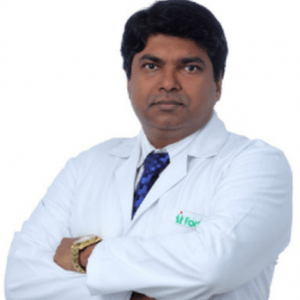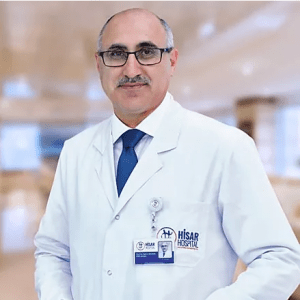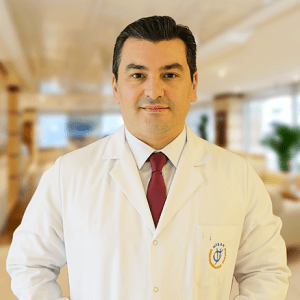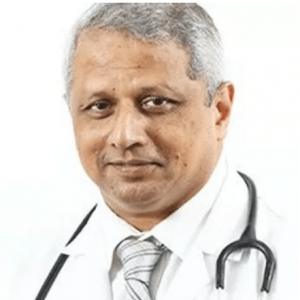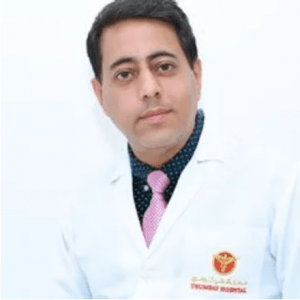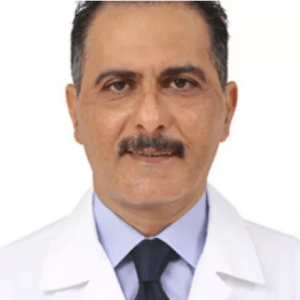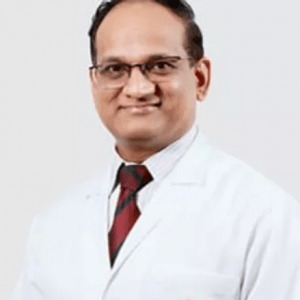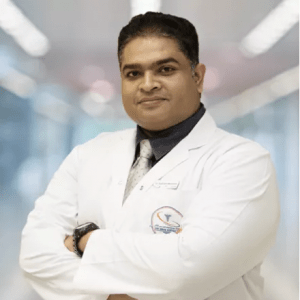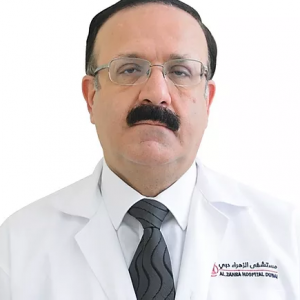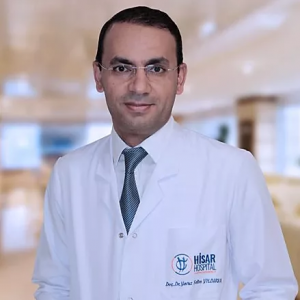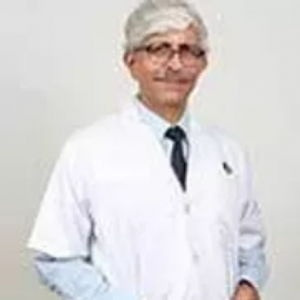Ossciculoplasty Ear Surgery
Ossiculoplasty is the reconstruction of the middle ear ossicular chain which has been disrupted or destroyed, by the use of some interpositioned devices which helps in regaining the original … Read More
Top Doctors For Ossciculoplasty Ear Surgery Treatments
Top Hospitals For Ossciculoplasty Ear Surgery Treatments
Ossciculoplasty Ear Surgery
- Physical exam A physical exam helps figure out the type of ear problem your child may have. The exam will also help identify respiratory illnesses. These can include bronchitis, pneumonia, or strep throat. They can affect middle ear health and hearing. The exam involves listening to your child’s heart and lungs. The doctor will look in your child’s ears, nose, and throat.
- Viewing the eardrum A test called pneumatic otoscopy may be done. It takes a few minutes and rarely causes discomfort. A special device (otoscope) is used to look down the ear canal. This lets the healthcare provider see the eardrum and any fluid behind it. The device can also be used to change the air pressure in the ear canal. This lets the healthcare provider see how flexible the eardrum is. Reduced eardrum flexibility is often linked with fluid buildup.
- Checking the middle ear Your child’s eardrum and middle ear may be tested. Tympanometry and acoustic reflex testing may be done. Both use a probe to send air and sound through the outer ear. Tympanometry measures the sound passed into the middle ear. Acoustic reflex testing checks the flexibility of the eardrum and how it responds to loud sounds.
- Identifying hearing loss Older children may be given an audiometric test. This measures any possible hearing loss. Test results are used to identify the types of sounds that can and can’t be heard. If your child is young, the healthcare provider or a hearing specialist may talk or play with them. The child’s response helps identify hearing loss.
Diagnosis
Diagnosis is done in several steps like eardrum inspection, middle ear checking and other physical tests. During primary tests, ear, throat and nose are checked for determining the cause. Sometimes these disorders are related to lung problems such as pneumonia, bronchitis and hoarse throat. Hearing loss and pain can occur due to respiratory diseases. The eardrum is checked using an otoscope by guiding it through ear passage, this process is known as pneumatic otoscopy. It is used for altering air pressure and fluid presence in the ear. There is a chance of fluid in the ear if there is a decline in the flexibility of eardrum. For middle ear checkup, acoustic reflex process and tympanometry are conducted. In these procedures, the air is passed through an ear which is measured by tympanometry while a response to sounds and flexibility is measured by an acoustic reflex test.Treatment of middle ear infection
Ossiculoplasty ear surgery procedure- During the procedure, anaesthesia is given to prevent pain occurrence. Either patient’s tissue is used or synthetic material is used for restoring the functioning. A cut is made in front of the ear and often behind the ear to get a proper view of the eardrum. The tissue is removed from the ear for repairing affected bone in the ear. After placing tissue with the help of a microscope, mastoid is examined for any infection. The mastoid is defined as the air passage at the back of the middle ear. In case of allergy, anaesthesia is not given and this must be informed before surgery.Recovery from ossiculoplasty ear surgery
- After surgery, the operated area is stitched and dressing is applied on the ear.
- It is necessary to keep the ear dry and take prescribed medicines for pain management.
- For faster recovery, heavy exercises must be avoided, sudden movements of the head are prohibited and sports and violent sneezing are also prohibited.
- Avoid crowded areas for some time.
- For sleeping, arrange 2 or 3 pillows to raise the head for at least 1 week. Sleeping by resting the back of the head on pillows is beneficial. Recovery requires 1 or 2 weeks but a patient can only return to work after three to four weeks.
- Fibre containing food, fruits and vegetables are recommended for fast healing. Broccoli soup, frozen and canned food items can be consumed. Oily, fried and processed food must be avoided for a few weeks.
Benefits of ossiculoplasty ear surgery
Easily available treatment, affordable, covered by medical health insurance company, better results, painless procedure, faster recovery and quick process, reduced chances of allergy, infections and side effects, no frequent visits are required and early discharge from hospital.Tympanoplasty and ossiculoplasty ear surgery
Similar to ossiculoplasty, tympanoplasty is another eardrum repairing or ossicles reconstruction procedure. There are five types of tympanoplasty:- Type 1: the earliest stage of the process when the middle ear is fine but tympanic membrane needs reconstruction. It is also known as a myringoplasty.
- Type 2: is characterized by a mild defect of ossicles which requires treatment of middle ear and tympanic membrane.
- Type 3: there is a large defect in the incus and malleus which leads to ossicles removal. In this case, the tympanic membrane is attached to the tip of stapes.
- Type 4: involves repairing the foot of stapes when crura are missing. This condition leads to hypo tympanum and Eustachian tube inside the middle ear.
- Type 5: category, footplate of stapes is repaired. This classification was first given by Horst Ludwig Wullstein in 1956.
Procedure-
During this procedure, the hole is grafted inside the eardrum. This is similar to ossiculoplasty as artificial bone or tissue from the same body is used for reconstruction. Packing is applied to fix graft properly without risk of displacement. Tympanoplasty is also performed through the transcanal approach by making a cut behind and inside the ear. Temporalis fascia and tragus are common graft areas. For this anaesthesia is given to avoid discomfort because the process takes 2 to 3 hours and myringoplasty takes 10 to 30 minutes. It successfully cures the hearing problem with up to 10 to 15 decibels. Tympanoplasty is the most successful surgery with almost 85% to 90% success rate without complications. This surgery is not preferred in restoring middle ear bones along with eardrum but ossiculoplasty is suitable in treating all kinds of the eardrum and middle ear disorder.Tympanoplasty recovery
Post-treatment symptoms like slight ear pain, fullness feeling in the ear and leakage of fluid and blood is expected if it gets severe, inform the doctor about the situation. A patient may also feel dizzy, soreness near the cut and blocked ear. After surgery, water near the operated area, sneezing with closed mouth and nose blowing is prohibited. Packing dissolves over some time and in case of left residue, it is removed after a few weeks. The normal hearing process occurs within 3 months after treatment. However, a regular visit is required after every 10 weeks for improvement and stability.Preparation for the procedure-
preparation for ossiculoplasty and tympanoplasty is the same. Basic physical tests such as CT scan, MRI, blood tests and x-ray must be completed beforehand, presence of a friend or relative to drive the patient home and inform the doctor about previous medicines, allergies and other health problems. Fasting and overnight before surgery is not required in tympanoplasty and ossiculoplasty. Arrange necessities for a few days in case of longer stay though it is rare.Symptoms
It seems as though people are constantly mumbling. You ask others to repeat themselves on a regular basis. Conversations become muddled or indecipherable in noisy environments. Others complain that the TV volume is too loud. It’s difficult to hear certain voices, particularly those of women or children. You no longer hear noises like rustling leaves, footsteps, or whispers, Music sounds less rich or full-bodied than you used to do earlier.
Causes
• Damaged malleus or incus bones – Injury or infection can damage the malleus or incus bones. Your surgeon reaches these bones by going through the ear canal or making an incision behind the ear. Then an incision is made around the eardrum. The eardrum is held to one side. All or part of the damaged bone is removed.
• Replacing one or both bones – The damaged malleus or incus bone-or both-may be rebuilt with synthetic material. Or it may be replaced with a man-made part. This part is called a prosthesis. Your surgeon attaches the prosthesis where needed. Then the eardrum is put back in place.
FAQ
What is the cost of ossiculoplasty ear surgery?
Ossiculoplasty ear surgery can cost around $1,000 to $4,000 in India whereas in the US and UK it costs around $5,000 and $7,000 respectively. This cost depends on hospital facilities and it costs higher in more developed cities.
How to prepare for ossiculoplasty ear surgery?
Ask a doctor about all necessary steps to be taken before surgery, previous medicines must be avoided, a patient must be accompanied by someone, all basic physical tests must be done and a proper diet is necessary for preventing problems.
What are the side effects of this procedure?
Though side effects are uncommon these include loss of hearing, paralysis of the facial nerve, tinnitus and disturbance in sense of taste, dizziness and tympanic membrane perforation. These side effects occur rarely as the success rate of this surgery is considerably high.
How long does it take to complete this procedure?
This procedure usually takes 2-4 hours depending on the removal of the required number of bones. Preparation takes a few hours though overnight stay before surgery is not required. The patient is discharged after 2-3 days if symptoms are normal.
Is this procedure painful?
No, though mild discomfort is normal during the procedure. It is usually performed under anaesthesia to numb the pain while operating the ear. Pain is expected during recovery when a patient overcomes the effect of anaesthesia.













